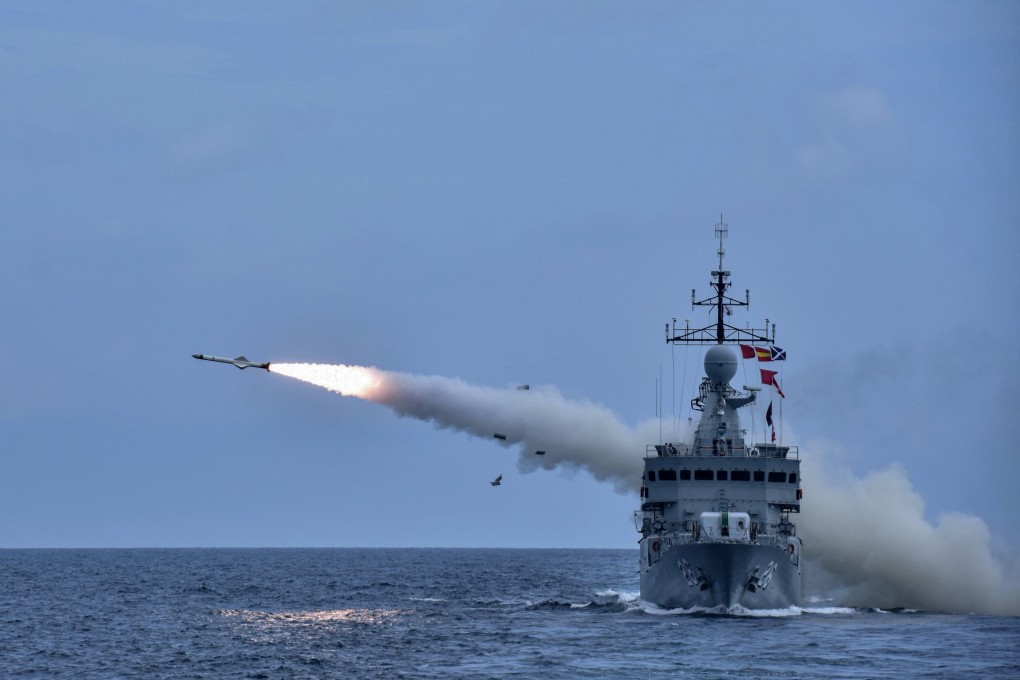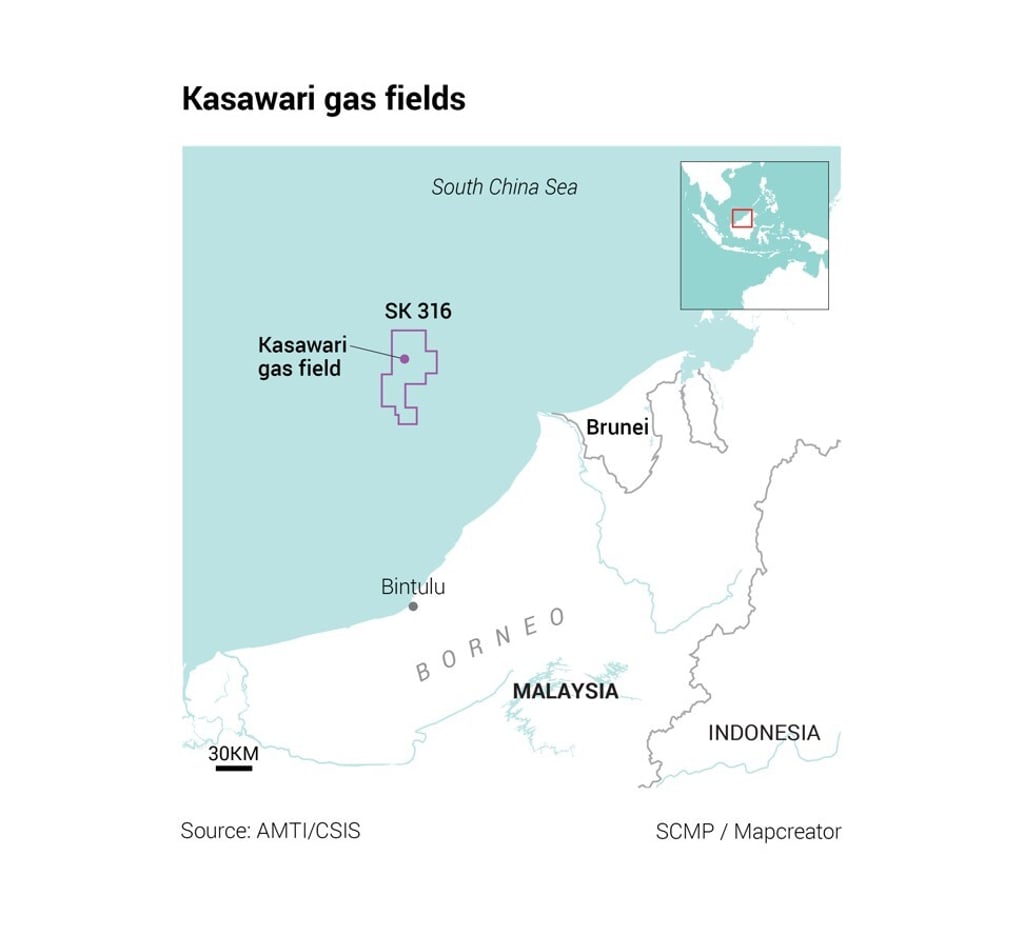Explainer | South China Sea: why Malaysia and Indonesia differ in countering Beijing’s maritime claims
- While Kuala Lumpur has taken a robust approach, continuing to develop the Kasawari gas field and even scrambling jets, Indonesia’s approach appears to be more cautious
- Some experts say it’s related to Chinese investment and Covid-19 aid; some say it’s about rejecting ‘megaphone diplomacy’; while others wonder if Indonesia has a set policy at all

The country is unwilling to budge over its interests in the Luconia Shoals, where it is developing the massive Kasawari gas field – thought to contain 3 trillion cubic feet of recoverable gas resources – and its uncompromising stance is typical of its approach to China’s overlapping claims in the disputed waters.
In June, it scrambled fighter aircraft when it detected 16 Chinese military transport jets flying close to Malaysian air space without prior notification, later summoning the Chinese ambassador Ouyang Yujing for an explanation.
Neighbouring Indonesia has also been vocal in the past about what it sees as Chinese incursions into its waters. In 2019, it filed diplomatic notes opposing what it called the encroachment of Chinese fishing vessels into the Natuna Sea, which Indonesia claims as part of its exclusive economic zone, but parts of which China claims to have historic fishing rights over. Indonesia is not party to the dispute over the South China Sea involving China, Vietnam, the Philippines, Malaysia, Brunei and Taiwan.
